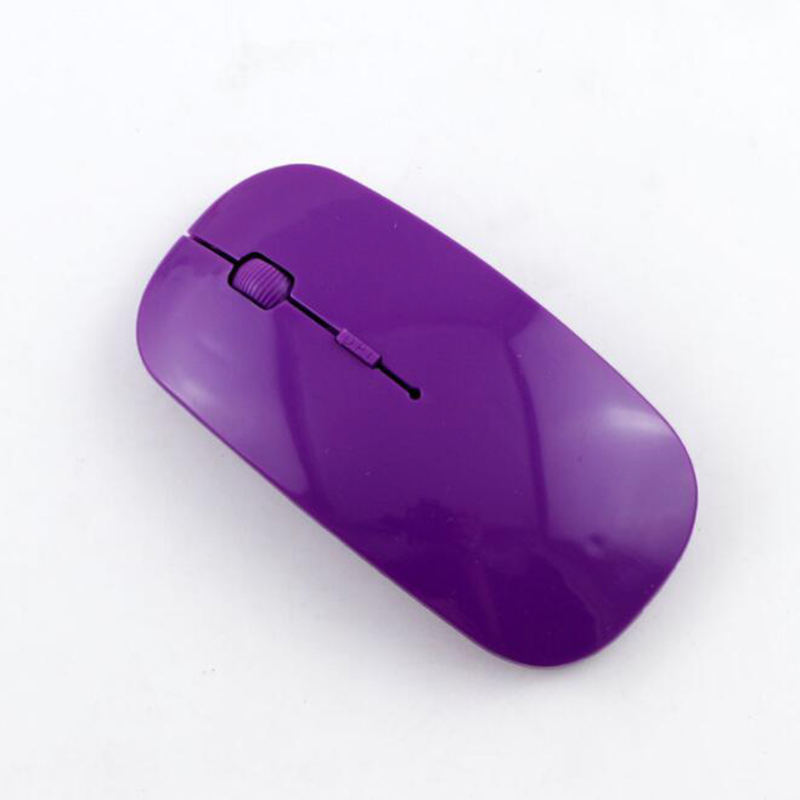
Mouseless mice software#
An infrared camera picks up the glowing points of light and computer vision software translates their location and configuration into commands for the cursor. Your fingers catch and reflect this light and give off an IR glow. A small infrared laser is fitted with a line cap so that it projects a thin plane of illuminating IR light near the flat surface it’s resting on. The ease in which you can use the mouseless setup belies it’s rather ingenuous system of hardware and software. Mistry’s mouseless project is already a step in that direction, letting you use nothing but your hand to control your computer. The more versatile of these systems are dependent on gloves for the moment, but they’ll likely drop that restriction in the next few years. There’s a certain appeal to waving your hands in the air and controlling your machines like some sort of conductor of a robotic orchestra.
Mouseless mice tv#
Gesture technology is leading the pack, with video game and TV applications coming out this year. No one knows, however, what exactly will replace it. Most user interface designers seem to agree that the mouse and keyboard arrangement that’s been popular so far can only last so long. Check out a cutesy demo for mouseless in the video below. This is another very cool user interface solution from Mistry, who has earned widespread acclaim for his Sixth Sense personal augmented reality system. The cost of the system (in parts) is just $20. By simply holding your hand in a curved position you can point and click, right-click, scroll, and drag, with nothing but open air. He’s designed ‘ mouseless‘ – an infrared system that tracks your hand motion and translates it to cursor movement on your screen. Take your hand off your computer mouse, Pranav Mistry from MIT is ready to make it disappear. to emulate releasing the selected pointer button.Mistry's infrared system makes a mouse obsolete. You can use theĠ key to emulate holding down the selected pointer button (for easy dragging),Īnd then use the. Using the + emulates a doubleclick to the selected pointer button. * key (which makes it middle mouse button) and - (which makes it right mouse button). You change which button is emulated by using the / key (which makes it left mouse button), The 5 key emulates a click to a pointer button, typically left mouse button. Note that you can move diagonally as well as up, down, left and right. The various keys on the number pad move in the direction you would expect.

When you do this, the other settings will become enabled, and you can customize the keyboard pointer behavior further, if required. K-Button-> KDE Control Center-> Peripherals-> Mouse-> Mouse Navigation.Ĭheck the Move pointer with keyboard (using the num pad) box.

This feature permits you to emulate the mouse using the numeric keypad

K-Button-> KDE Control Center-> Regional & Accessibility-> Accessibility-> Keyboard Filters. Inadvertent repeated key presses by preventing another keystroke forĪ certain amount of time. This feature is also useful if you have hand tremors. Inadvertent key presses by requiring that a key be held down for a minimum This feature is useful if you have hand tremors or difficulty K-Button-> KDE Control Center-> Regional & Accessibility-> Accessibility-> Modifier Keys.

Press the Alt, Ctrl, or Shift key again to turn off the sticky key. The result is as if you pressed both keys at once. With Sticky Keys on, press and release a Alt, Ctrl, or Shift key, then When you can only use one finger or one hand to operate the keyboard. This feature permits operation of meta keys, such asĪlt, Ctrl, and Shift without having to hold the keys down.


 0 kommentar(er)
0 kommentar(er)
